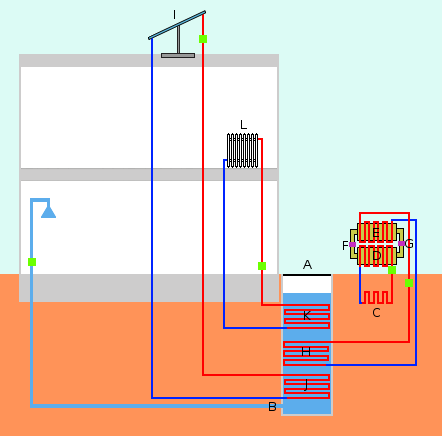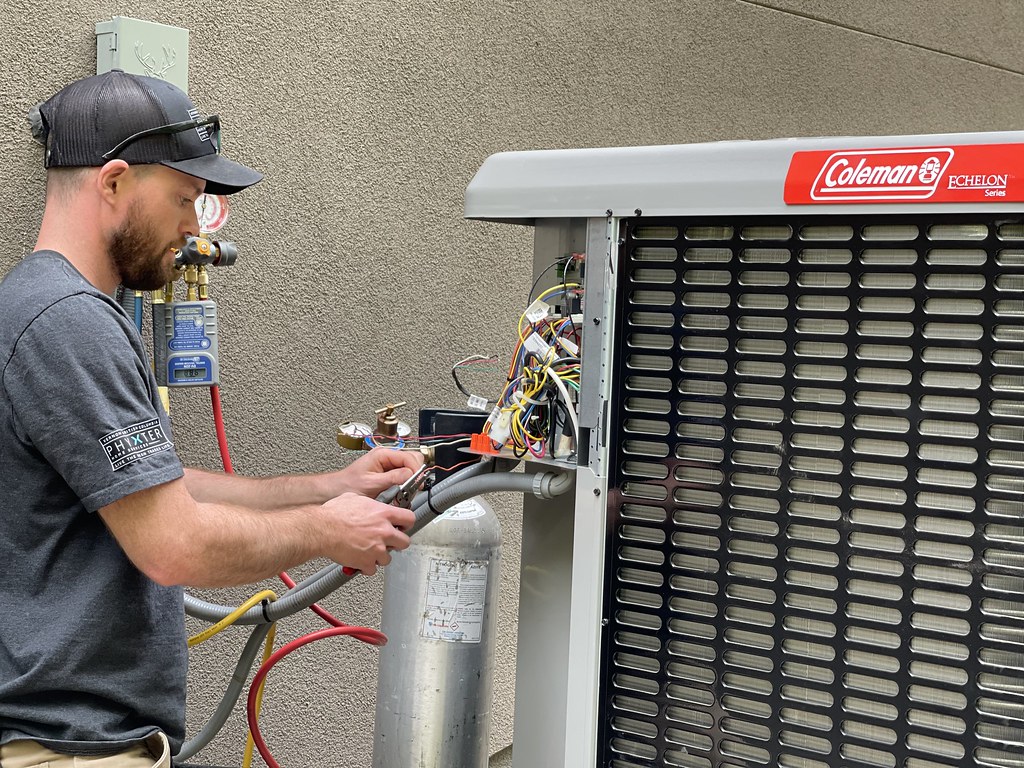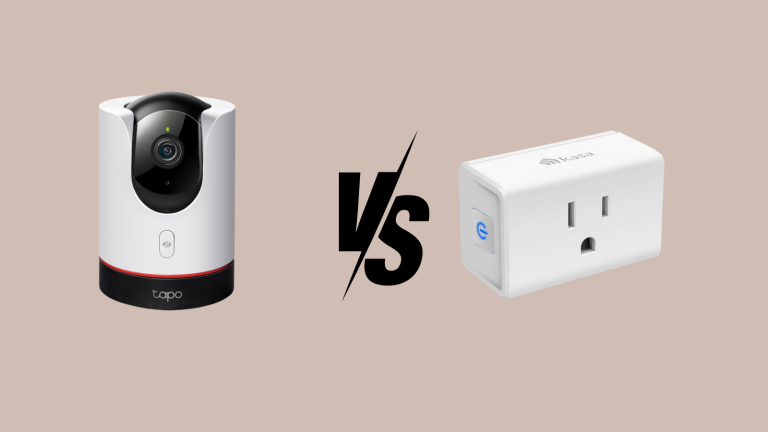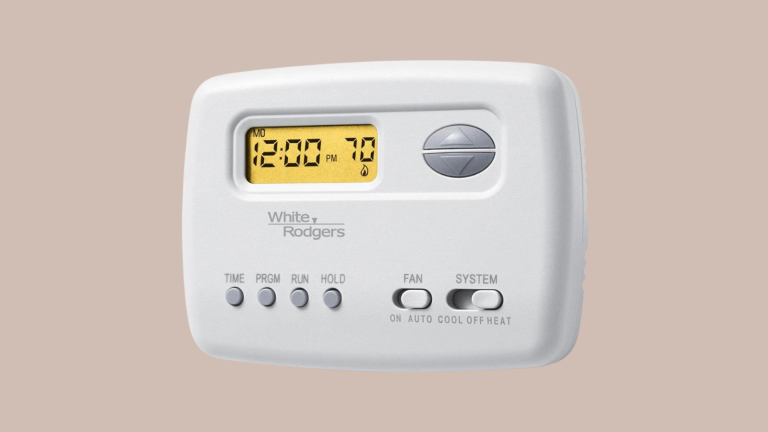Best Temperature for Geothermal: A Guide to Saving Energy and Money

If you have a geothermal system to heat or cool your home, the temperature of the ground is important. Ground temperature changes based on where you live and the time of year.
The best temperature for a geothermal system will vary depending on a number of factors, including the climate you live in, the type of geothermal system you have, and your personal preferences.
Recommended Temperatures
- Winter: 68-72 degrees Fahrenheit
- Summer: 72-78 degrees Fahrenheit
You can adjust these temperatures up or down depending on your personal preferences and the other factors listed above.
What is Geothermal Energy

Geothermal energy taps into Earth’s own heat to make electricity. This heat comes from radioactive stuff breaking down deep inside the Earth. The heat moves up to the surface, and we can use it.
This kind of energy is super clean. It doesn’t send harmful things into the air like fossil fuels do. So, it’s better for the planet and helps us not rely so much on oil or coal.
It’s also an energy source that keeps going. It won’t run out anytime soon, so it can keep your lights on and your house warm for a really long time. Overall, geothermal energy holds a lot of promise for a more sustainable future.
Different types of geothermal systems
When it comes to geothermal energy, not all systems are the same. Your choice will depend on various factors like your location, needs, and budget. Let’s look at the different types of systems available.
Direct Use Applications
If you’re close to a natural hot water reserve, direct use applications could be a good fit. Hot water or steam from the Earth is used directly (without a heat pump or heat exchanger) for tasks like heating buildings or drying crops.
Geothermal Heat Pumps
These are the go-to choice for many homeowners. A geothermal heat pump uses the Earth’s constant temperature to provide heating and cooling in your house. It can be used anywhere and is great for residential projects.
Enhanced Geothermal Systems (EGS)
This type is not for the faint of heart. EGS is a high-tech system that uses various methods to pull more heat from the ground, making it suitable for large-scale or commercial projects. It’s a complex setup but offers high output.
Hot Dry Rock (HDR)
This is another advanced type, requiring you to drill deep into hot, dry rocks. Water is then injected into the rock to produce steam, which can be used to generate electricity.
Best Temperature for Geothermal Energy [Detailed Guide]

Your geothermal system’s efficiency links directly to its operating temperature. Go too hot or too cold, and you risk messing up your equipment or wasting money. Here are some temperature guidelines for various types of geothermal systems:
Direct Use Geothermal Systems
For direct use systems, you want to aim for a heat source between 100°F and 300°F. Too low, like under 100°F, and you won’t get much power. Too high, over 300°F, and you risk ruining your equipment due to things like rust.
Geothermal Heat Pumps
These pumps count on Earth’s steady underground temps to heat and cool your space. The sweet spot for this kind of setup is between 50°F and 70°F. Dip below 50°F, and your system will struggle to keep up. Go over 70°F, and you might make it overheat.
Enhanced Geothermal Systems
If you’re going high-tech with an enhanced geothermal system, you’re looking at a much higher temperature range: 300°F to 700°F. Anything less than 300°F will not give you enough juice, while exceeding 700°F might damage the underground rocks and your system.
Methods to Optimize Geothermal Temperature
Too hot or too cold, and you’re looking at inefficiencies or even damage.
Regulate Fluid Flow
Increasing or decreasing the flow of fluid can directly affect how much heat your system transfers. Make sure to adjust the flow according to your needs, especially during changing seasons.
Use Proper Insulation
Heat loss is a big no-no in any heating system. You can curb this by insulating all pipes and ducts in the system. This will keep the heat where it belongs, making the system more efficient.
Scheduled Maintenance
Regular check-ups can go a long way. Dirt, scale, or any form of buildup can affect temperature levels. Make it a point to get your system checked out by professionals to keep it running smoothly.
Adjust System Settings
Modern geothermal units come with programmable controls. Use them to your advantage. Tweak settings to meet your comfort level while maintaining efficient energy use.
Conclusion
The best temperature for a geothermal system will vary depending on a number of factors, including the climate you live in, the type of geothermal system you have, and your personal preferences.
To save energy and money, you should set your thermostat to a lower temperature in the winter and a higher temperature in the summer. You can also use a programmable thermostat to set different temperatures for different times of the day and different days of the week.
Reference – https://www.energy.gov/eere/geothermal/geothermal-basics






